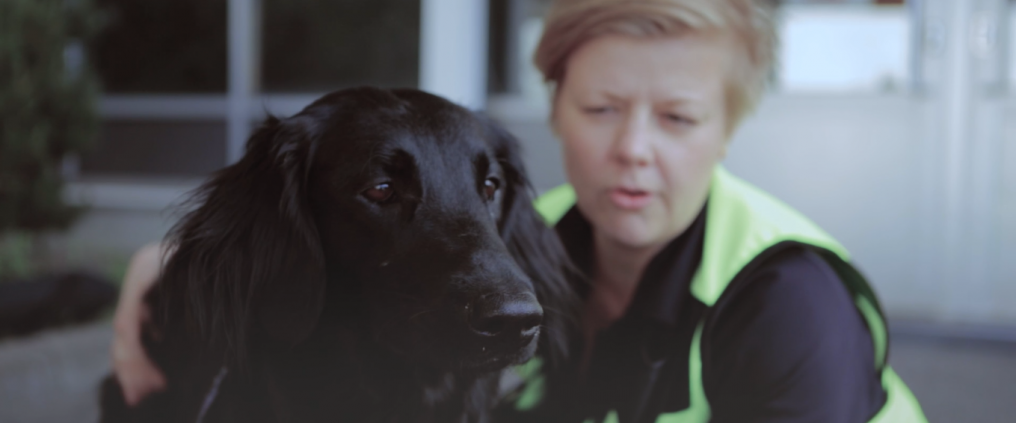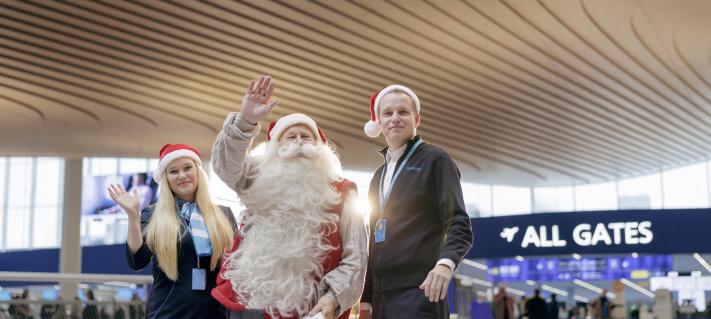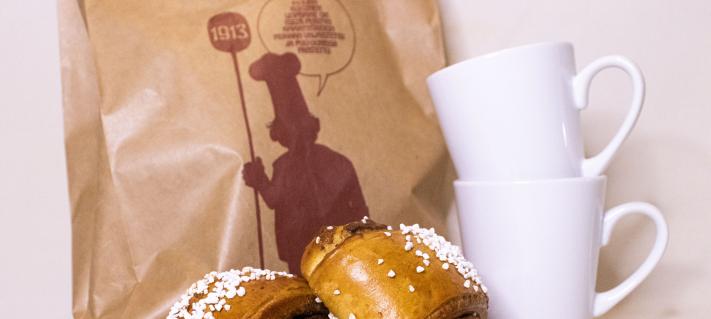There’s one important rule in the life of a detection dog: work should be fun.
”We work on the dog’s terms,” says Customs Officer and Dog Instructor Jari Kuusisto. “There are several short spurts of work in a day, but in between there’s also eating, rest and free time for the dog, so they don’t become stressed. The dog isn’t meant to think she’s working; searching for drugs should feel like playing.”
Jari and his detection dog Terttu do searches on passengers, baggage and cargo shipments at Helsinki Airport and nearby warehouses. The two have been working together for over a year, and in that time Terttu has made real progress as a sniffer dog.
”Terttu is Finnish Customs’ first Flat-coated retriever. At first she was a bit shy for the job, but she has become a lot more courageous and works really well these days,” Kuusisto says.
The majority of sniffer dogs in Finland are Labradors, like 17-week-old Hessu, who has started his traineeship at the airport, following Terttu around and learning from the older dog. Hessu’s instructor is Jani Laiho.
Superb sense of smell
Finnish Customs has been using sniffer dogs since 1969. Today, Customs has dozens of detection dogs working at borders looking for drugs, cigarettes, money and explosives. The dogs play an indispensable role at the department because of their superb sense of smell which can pick out a huge range of different smells. Trained detection dogs are responsible for a significant portion of Finnish Customs’ drug seizures, and also contribute to the prevention of drug smuggling.
”The dog is trained to detect the odors of illegal substances. They react to the smells anytime and anywhere, and don’t hold prejudices about where or on whom drugs can be found,” Jari says.
”Out of my family members, I spend by far the most time with my dog – 24 hours a day,” Kuusisto laughs.
The airport is a fairly intense working place for the dogs, as there are so many passengers, pieces of luggage and cargo to search through. It is also a restless environment, and airport detection dogs must be able to stay calm and work despite many distractions.
While Terttu sniffs through passengers and luggage, puppy Hessu is still just getting used to the airport’s busy environment.
”At the moment, we are training him to be calm and courageous in this environment, so that in the future he can detect odors without being distracted by noises,” Laiho says.
A 24/7 relationship
The relationship between a detection dog and instructor is a tight one, as customs dogs also live with their instructors. The idea is to build a strong bond and establish the instructor as a pack leader for the dog.
”Out of my family members, I spend by far the most time with my dog – 24 hours a day,” Kuusisto laughs.
Laiho, who has worked for Finnish Customs for many years, started as an instructor very recently and Hessu is his first dog.
”I’ve wanted to become a dog instructor for a long time. Hessu is a pretty gentle sort of fellow, just like I am, so we get along really well.”
Customs dogs are also popular among passengers and gather lots of positive attention as well as pats and friendly scratches from colleagues. As sniffer dogs are generally very open-minded and people-friendly, this is a very pleasant addition to their busy day.
See our video about sniffer dogs Terttu and Hessu above.
Read more about border control and customs at Helsinki Airport



